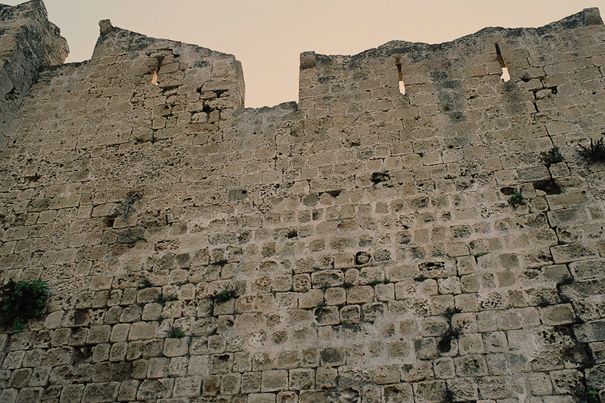Testing properties governing the durability of lime-based repair mortars
DOI:
https://doi.org/10.21809/rilemtechlett.2018.81Keywords:
lime-based; mortar; durability; test methods; quality control; execution practicesAbstract
Lime-based mortars (LM(s)) seem to be preferred in repairing historic structures. The long-term performance of repair LM(s) is closely related to durability issues concerning the old structure substrate, the new repair mortars and interface between the two aforementioned materials, which is also much influenced by the technique of mortars application.
Durability is a multifunctional property affected by a number of parameters, including local environmental conditions. However, experience showed that some of the characteristics of materials play a dominant role in assessing the durability of repair LM(s) and have a direct impact on longevity of the repaired structure.
This paper presents review of research/case studies papers and Master/PhD theses supervised by the members of RILEM TC 277 LHS. Through the review and evaluation of research and common practice concerning durability challenges, we anticipate to find answers to questions arising in assessing durability of repair LM(s), such as:
- The most often encountered failures due to mortar durability inadequacy
- The mortar properties/characteristics that seem to be influential on durability
- The test methods used for testing the durability of LM(s) and comments related to their applicability and performance
- The importance of quality control and on site execution practices

Downloads
Published
How to Cite
Issue
Section
License
Authors retain copyright of the articles published in RILEM Technical Letters and grant the journal the right of first publication with open access. The work is simultaneously licensed under Creative Commons Attribution 4.0 International License (CC BY 4.0) that allows others to share and adapt the work under the following terms: 1) a proper attribution is given in a form of bibliographic record with the DOI link directing to RILEM Technical Letters; 2) a link to the license is provided; 3) the changes (if any) are indicated.









